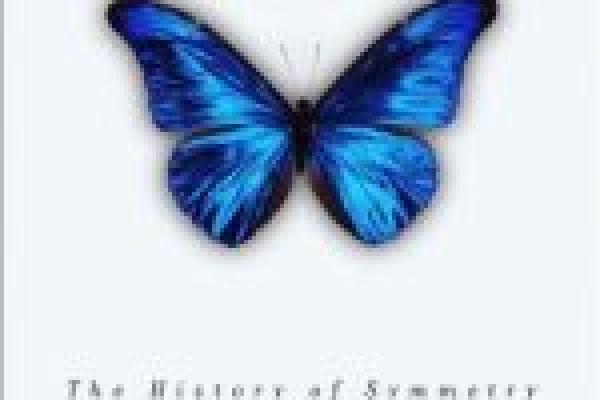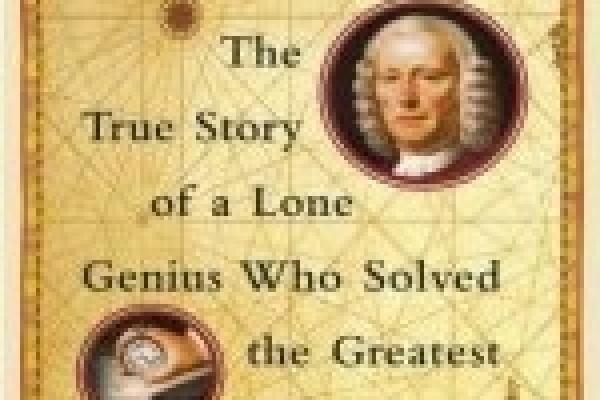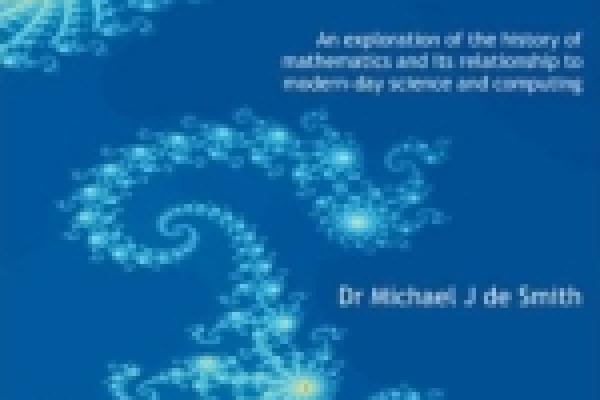Review


'Why beauty is truth'
I suspect maths in primary school would be greeted with far more enthusiasm if students had Ian Stewart as a teacher. Any man who can explain electromagnetism, gravity and atomic nuclear forces in terms of a piggy fridge magnet and a smashed kitchen plate is, surely, a communicator to be reckoned with.










